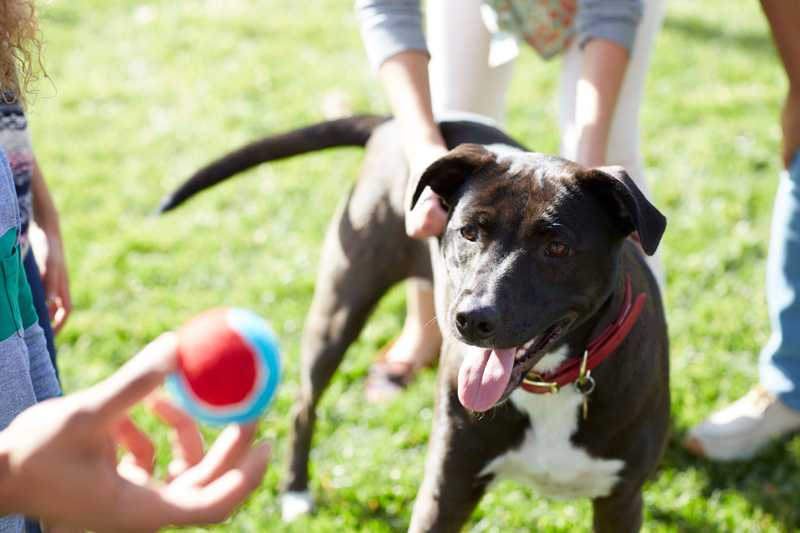Color Therapy for Dogs

Can color affect your dog’s moods and behavior?
Color therapy, also called chromotherapy, is using color to impact moods, emotions, and even health. But can color affect your dog?
The first step in answering that question is to know what colors dogs see. Dogs do see colors, but the colors they see aren't as vivid or as many as we see. Most experts agree that while they can't see reds and greens, dogs do see most other colors — including blacks, whites, grays, yellows and blues. That means a toy that looks red or green to you doesn't look the same to your dog. It probably looks dark gray.
How do we know dogs see colors?
The dog's eye — and the human eye — have special light catching cells called cones. But since your dog has fewer cones than you, his color vision won't be as intense as yours.
In a study at the University of California, Santa Barbara, dogs were shown three light panels in a row. Two of the panels were the same color while the third was different. If the dog could identify the one that was different and press that panel, he was rewarded with a treat.
Using this method, the study suggested that dogs see the world in mostly yellows, blues and grays. They see green, yellow and orange as a shade of yellow. Violet and blue both appear blue.
To see if color impacts your dog's moods and behavior, try your own experiments. Red, orange and yellow are stimulating to humans but blue and violet are calming. Toss your dog two toys — one yellow and one blue — and see if the yellow toy inspires a more energetic playtime. Or the next time your dog gets anxious from a thunderstorm or noisy fireworks, try exposing him to soothing colors. (Of course, any serious anxiety issues should be discussed with your veterinarian.)